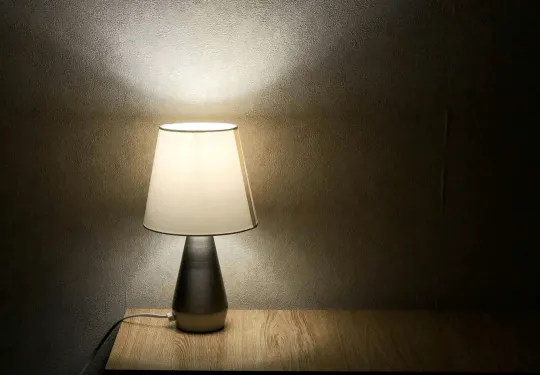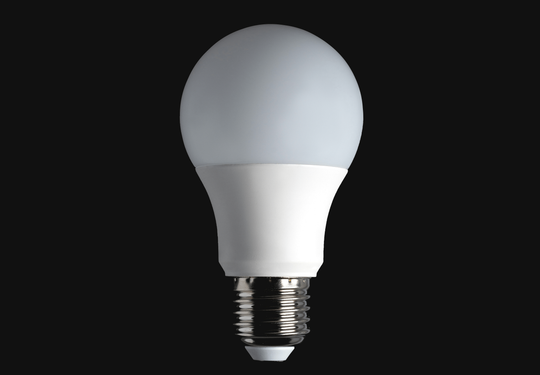Cutting down on energy costs is a priority for many homeowners, and one of the most effective ways to achieve this is through efficient lighting. Many people underestimate the impact that lighting can have on their energy usage and bill. In this blog post, we will delve into the benefits of energy-efficient lighting and provide tips on how to maximize savings and upgrade to more efficient options.

Understanding the Impact of Energy-Efficient Lighting
The type of lighting you use can have a significant impact on your energy costs. Traditional incandescent bulbs are outdated and consume more energy than newer LED. LEDs use up to 75% less energy and last up to 25 times longer than incandescent bulbs, making them a cost-effective choice in the long run.

Maximizing Energy Savings with Timers and Dimmers
Aside from using energy-efficient bulbs, installing timers and dimmers can also help you save on energy costs. Timers can be used to automatically turn off lights when not in use, preventing unnecessary energy wastage. Dimmers, on the other hand, allow you to adjust the brightness of your lights according to your needs, reducing energy consumption. Both these options are relatively low-cost investments that can lead to significant savings in the long run.

Lighting Design Tips for a More Efficient Home
In addition to using energy-efficient bulbs and accessories, making strategic changes to your lighting design can also contribute to lower energy costs. Opt for natural lighting whenever possible and consider using task lighting, which focuses on specific areas and tasks, rather than lighting up an entire room. Also, avoid lighting areas that are not in use, such as basements and spare rooms. This will reduce unnecessary energy consumption and help you save on your lighting bill.
Switch to energy-efficient lights and save money while also reducing your carbon footprint.

Making the Switch: Upgrading to LED Lights
One of the most effective ways to upgrade your lighting to become more energy-efficient is by opting for LED lights. While they may have a higher initial cost, LED lights last longer and consume less energy, resulting in significant savings in the long run. They also come in a variety of styles and colors, making them versatile for any home design. By making the switch to LED lights, you can effectively reduce your energy consumption and enjoy long-term cost savings.
It's evident that energy-efficient lighting has a significant impact on both energy consumption and costs. By adopting simple practices like using energy-efficient bulbs, installing accessories like timers and dimmers, and making strategic changes to your lighting design, you can achieve a more efficient home and save money in the process. So why not start making these changes today and reap the benefits in the long run?